KGHM Polska Miedź S.A. does not operate in, or in the direct vicinity of, areas of outstanding natural heritage (defined as national parks, nature reserves or Nature 2000 areas). Areas of high natural habitat or landscape value, covered by various forms of protection schemes, are located from a few to over a dozen kilometres away from the Company’s operating sites, amongst which it is worth noting the following:

The company is involved in activities to preserve biodiversity and to ensure responsible management of land and forests.
-
3-3
-
304-1
-
304-2
-
304-3
In cases where conservation is not possible, the company makes efforts to compensate for natural values lost. These activities are carried out on the basis of best practice and in accordance with applicable regulations, taking into account sustainability and minimising environmental impact.
- Łęgi Odrzańskie” PLB020008 (11 km – Tailings Division, 2 km – Cedynia Copper Wire Rod Plant, 7 km – Głogów Copper Smelter and Refinery).
- Nature 2000 Special Habitat Conservation Areas:
- Kozioróg in Czerna PLH020100 (2.7 km – Głogów Copper Smelter and Refinery),
- “Łęgi Odrzańskie” PLH020018 (11 km – Tailings Division, 2 km – Cedynia Copper Wire Rod Plant, 7 km – Głogów Copper Smelter and Refinery),
- “Pątnów Legnicki” PLH020052 (9 km – Legnica Copper Smelter and Refinery),
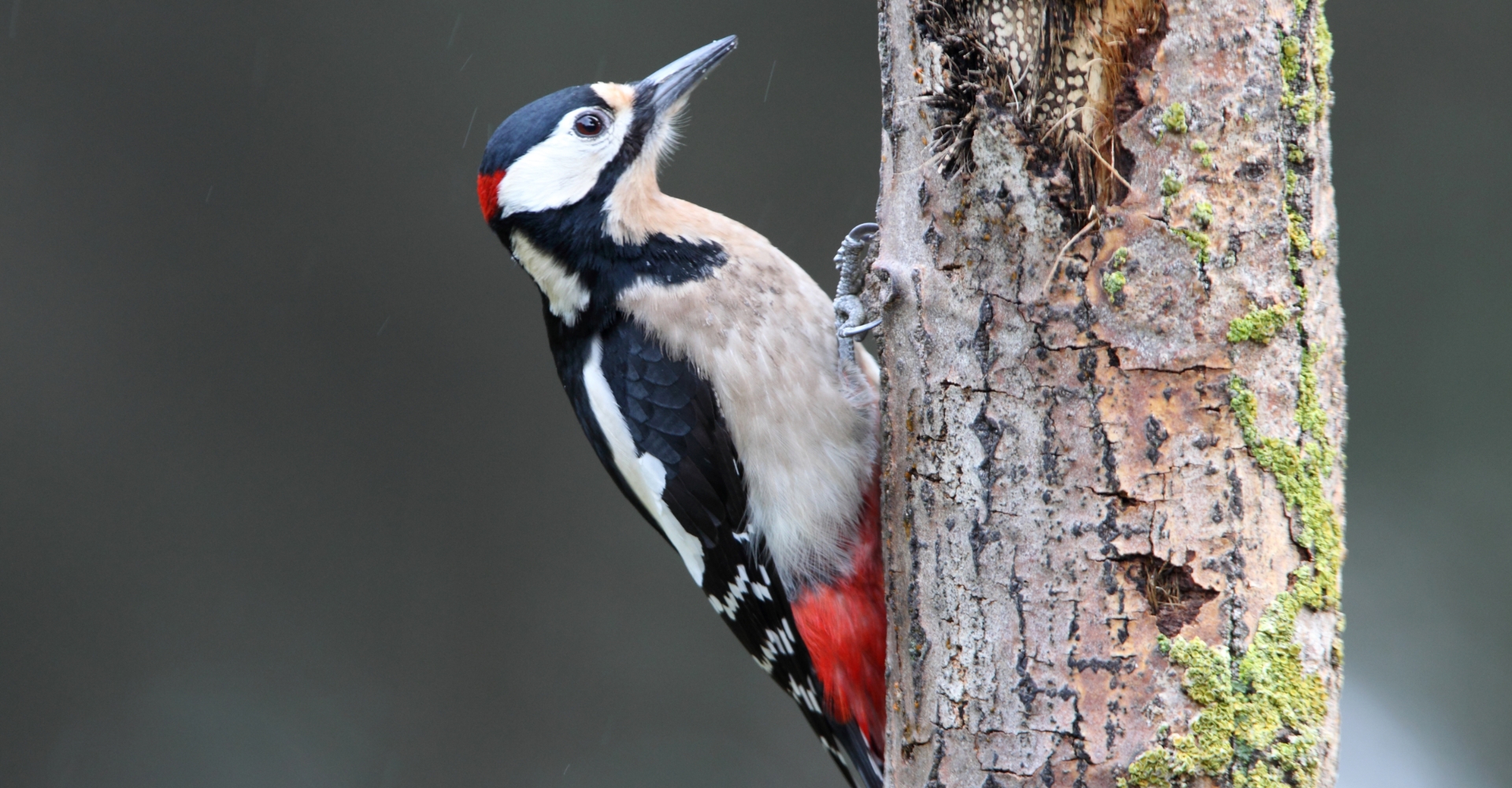
- Buczyna Jakubowska (within the licensed area of the Polkowice-Sieroszowice Mine),
- Uroczysko Obiszów (within the licensed area of the Polkowice-Sieroszowice Mine),
- Żukowskie Śnieżyce (within the licensed area of the Rudna Mine),
- Skarpa storczyków (approx. 1 km – the Cedynia Copper Wire Rod Plant),
- Dalkowskie jary (6 km – Głogów Copper Smelter and Refinery).
- Nature and landscape conservation areas:
- Grodowiec (within the licensed area of the Rudna Mine),
- Guzicki Potok (within the licensed area of the Rudna Mine),
- Trzebcz (within the licensed area of the Rudna Mine).

- Łęgi głogowskie (former protection zone of the Głogów Copper Smelter and Refinery),
- Glinki in Lasek Złotoryjski (1 km – Legnica Copper Smelter and Refinery),
- Lena (in the vicinity of areas managed by the Tailings Division).
- Animate and inanimate nature monuments (all divisions).
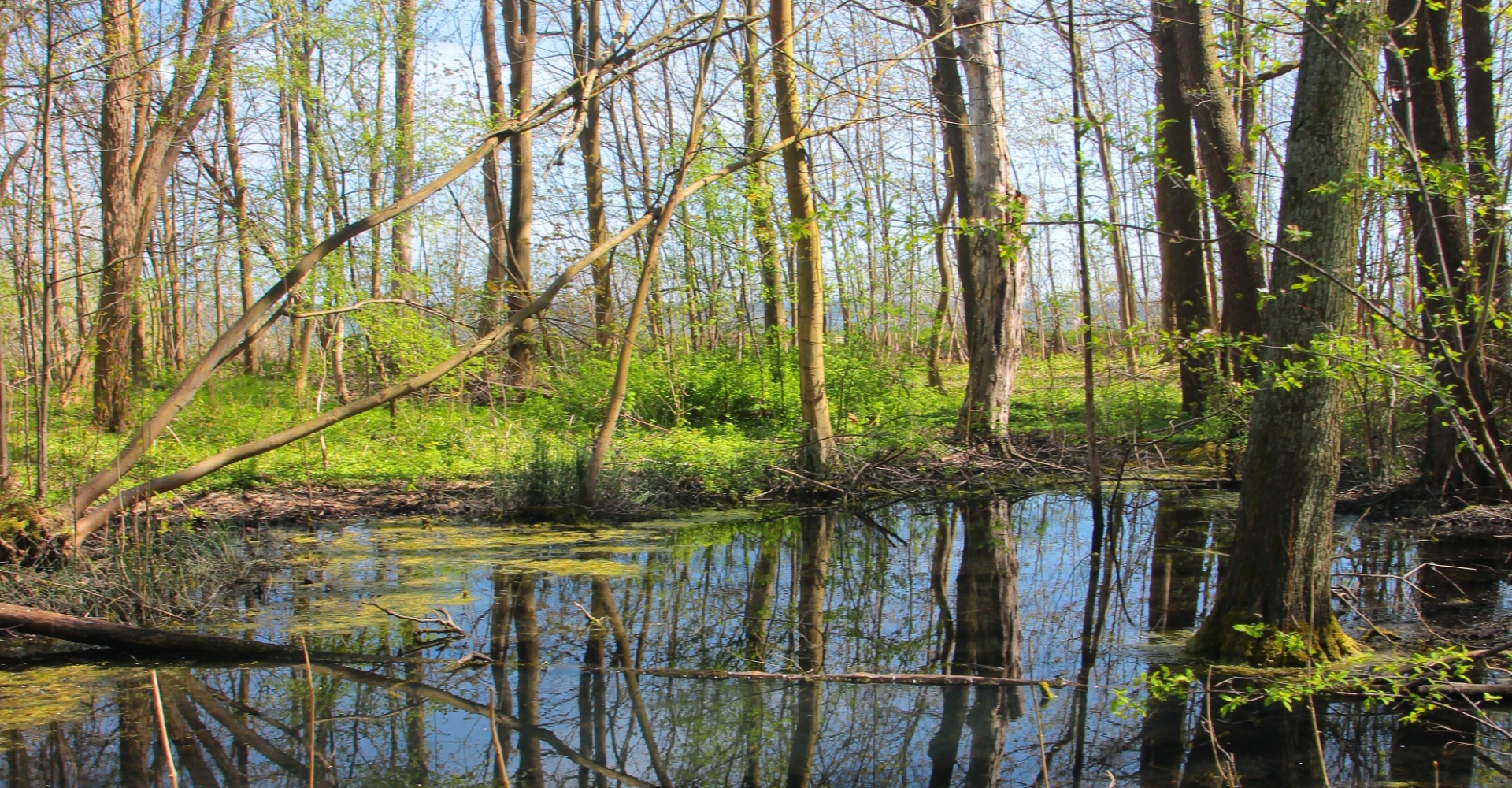
For all investment projects executed by KGHM Polska Miedź S.A. which require an environmental impact assessment, pursuant to the Act of 3 October 2008 on the availability of information about the environment and its protection, participation of the public in environmental protection and on environmental impact assessments (consolidated text: Journal of Laws of 2021, item 247), include detailed documents which describe the impact of the project on the natural environment. This work involves experts from many fields (including: ornithology, zoology, botany), who highlight potential risks and present recommendations for actions ensuring the maximum extent of mitigation of the impact of a given project.
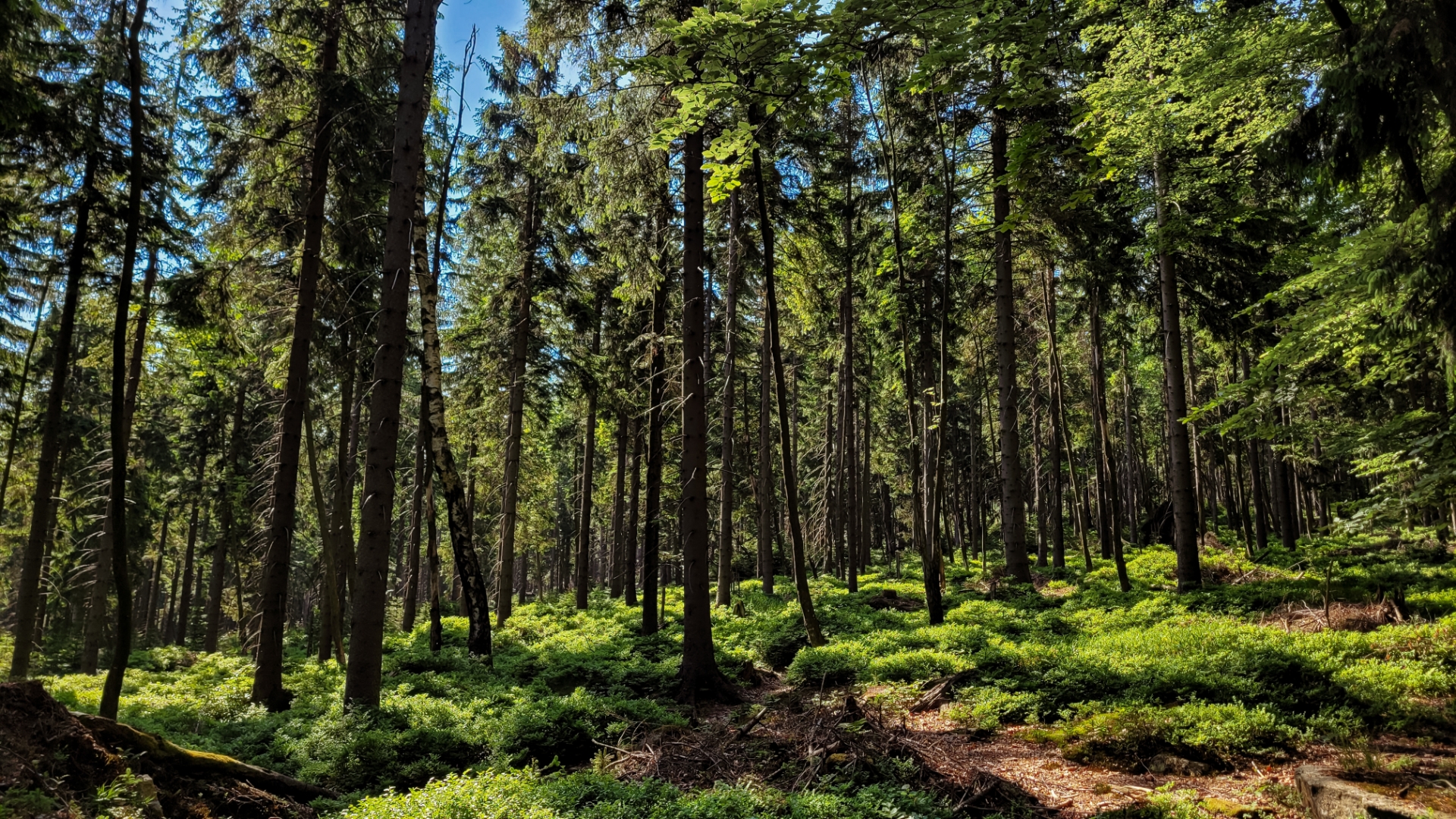
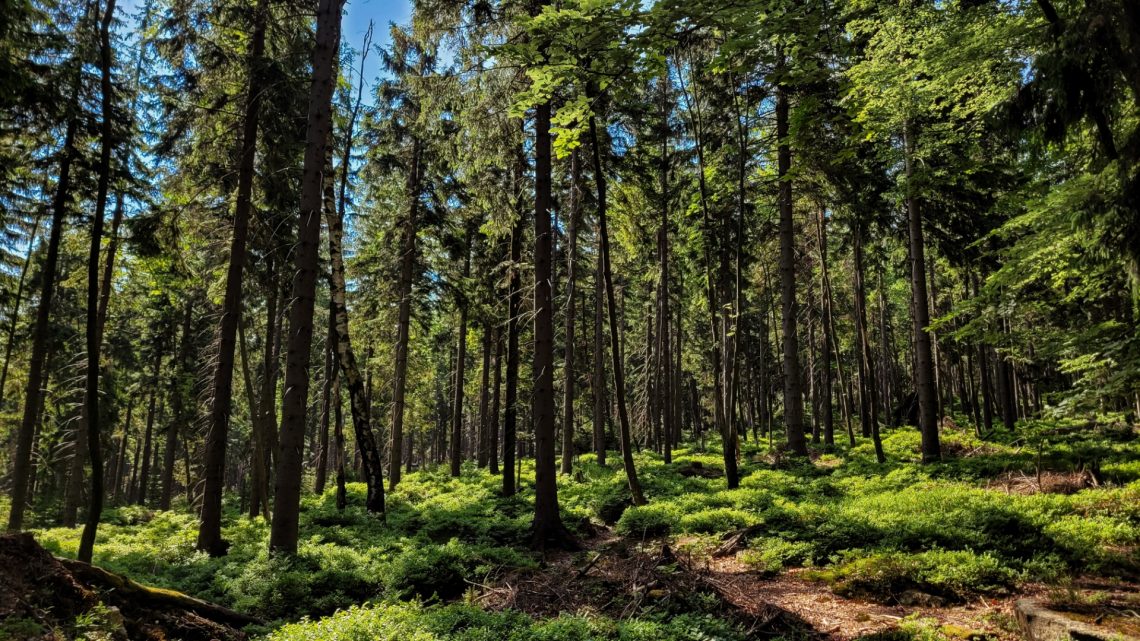

Forested areas
Forests have been created in the areas of former protective zones currently managed by the metallurgical facilities. Near the Legnica Copper Smelter and Refinery, forested areas cover about 385 ha, and near the Głogów Copper Smelter and Refinery – 872 ha. At present, this area is a unique “ecological niche”, being a habitat to birds, small amphibians and lush vegetation. Moreover, the Tailings Division manages forests over an area of about 212 ha in the municipalities of: Lubin (approx. 58 ha), Polkowice (approx. 6 ha), Rudna (approx. 38 ha) and Warta Bolesławiecka (approx. 110 ha).
Afforestation
KGHM Polska Miedź S.A. actively supports afforestation efforts in the areas in which conducts its activities.
In 2022, 23,350 trees were planted at the Legnica Copper Smelter and Refinery, including:
- European beech: 11,550 trees
- English oak: 6,001 trees
- European hornbeam: 2,550 trees
- Tilia cordata: 1,589 trees
- Black alder: 1,660 trees
In 2022, the following were planted at the Głogów Copper Smelter and Refinery:
- a total of 3,328 bushes and 90 trees were planted in industrial areas as part of the ongoing green areas revitalisation project,
- 13,500 trees, including 11,500 English oak trees and 2,000 black alder trees, were planted at the ecological site on forest land. In addition, 650 old varieties of fruit trees were planted at the ecological site, mainly in the vicinity of Wróblin Głogowski.
- A total of 123,810 trees and bushes were planted on forest land of the Głogów Copper Smelter and Refinery, including:
- English oak: 73,500 trees
- European beech: 7,000 trees
- Scots pine: 10,000 trees
- Black pine: 3,000 trees
- Common spruce: 4,000 trees
- European larch: 4,000 trees
- Red oak: 1,000 trees
- Silver birch: 5,000 trees
- Tilia cordata: 6,700 trees
- Sycamore maple: 2,000 trees
- European hornbeam: 1,500 trees
- Mountain ash: 2,000 trees
- Biocenotic bushes: 3,500 pcs
- Wild varieties of fruit trees: 610 trees
At the Tailings Plant, trees were planted in 2022 on forest and non-forest land. The trees were planted on forest land in the following forest districts:
- Lubin Forest District: 18.38 ha (101,090 beech seedlings); 31.09 ha (170,990 beech seedlings); 17.28 ha (120,670 seedlings, tree species: birch, sessile oak, English oak, hornbeam, pear tree, fir, Norway maple, lime, larch, alder, pine, spruce),
- Przemków Forest District: 25.7 ha (54,000 beech seedlings and 23,120 spruce seedlings).
The following were planted at the Żelazny Most Tailings Storage Facility:
- Tilia cordata: 115 trees
- common beech: 8 trees.
Best practice
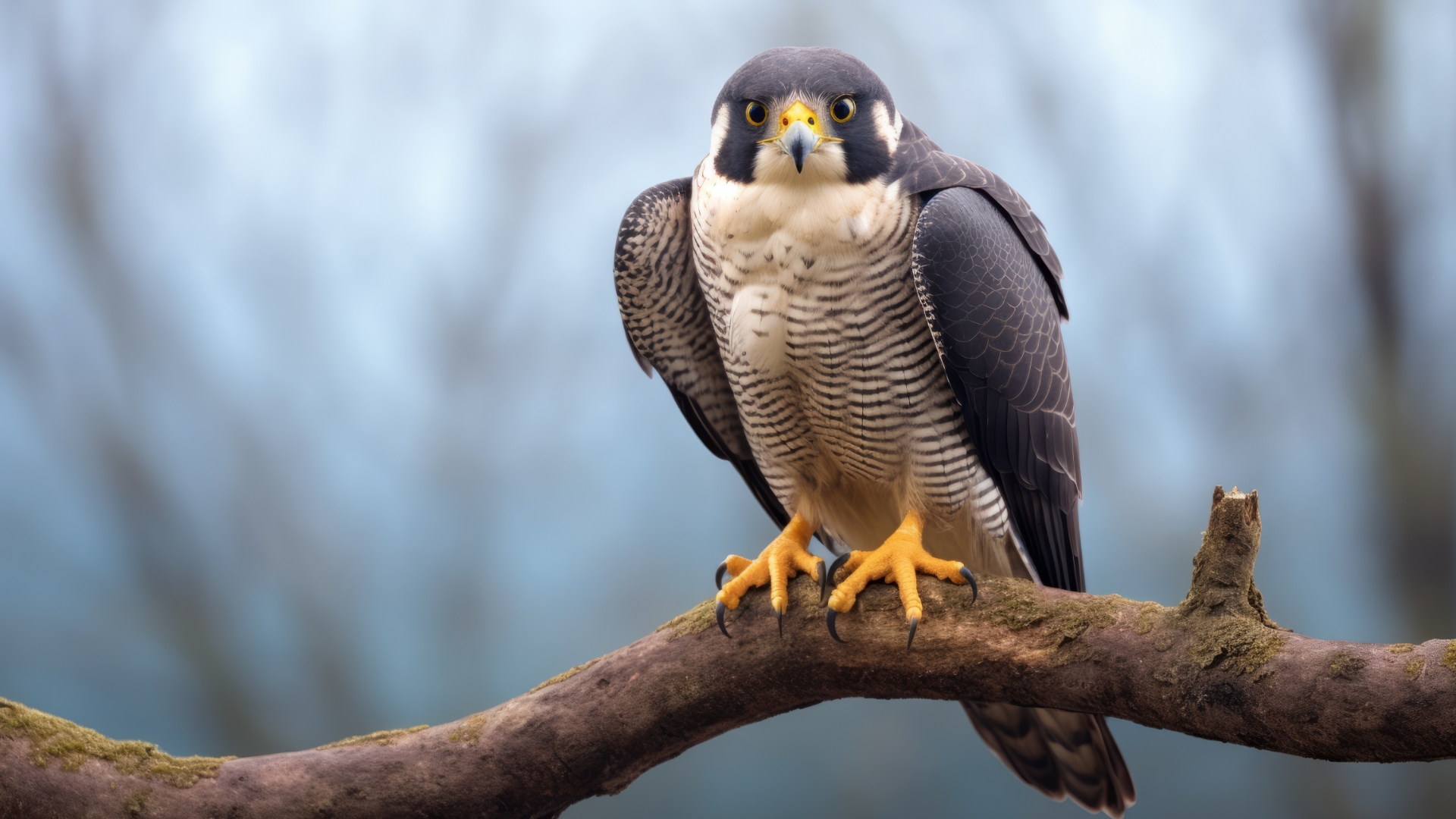


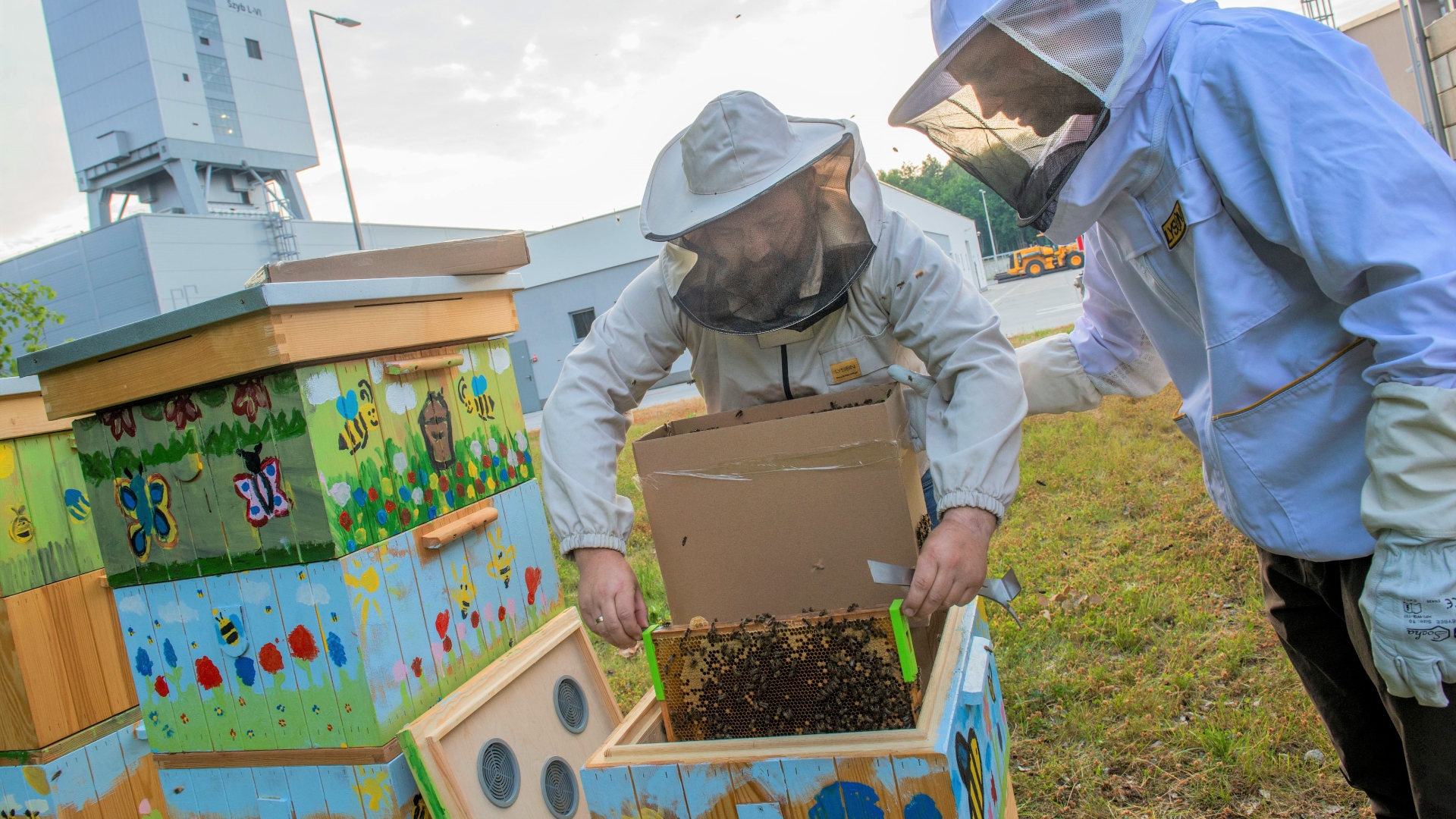
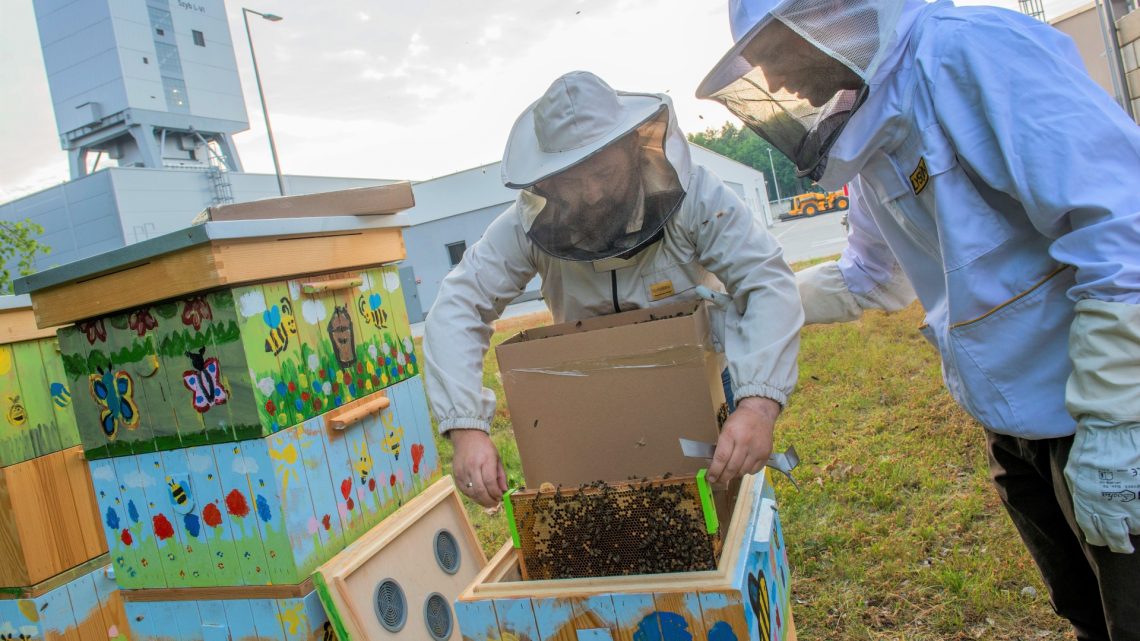

| 2022 | 2021 | |
| Sites of the Organisation adjacent to protected areas and areas of high biodiversity value | 15 | 15 |

